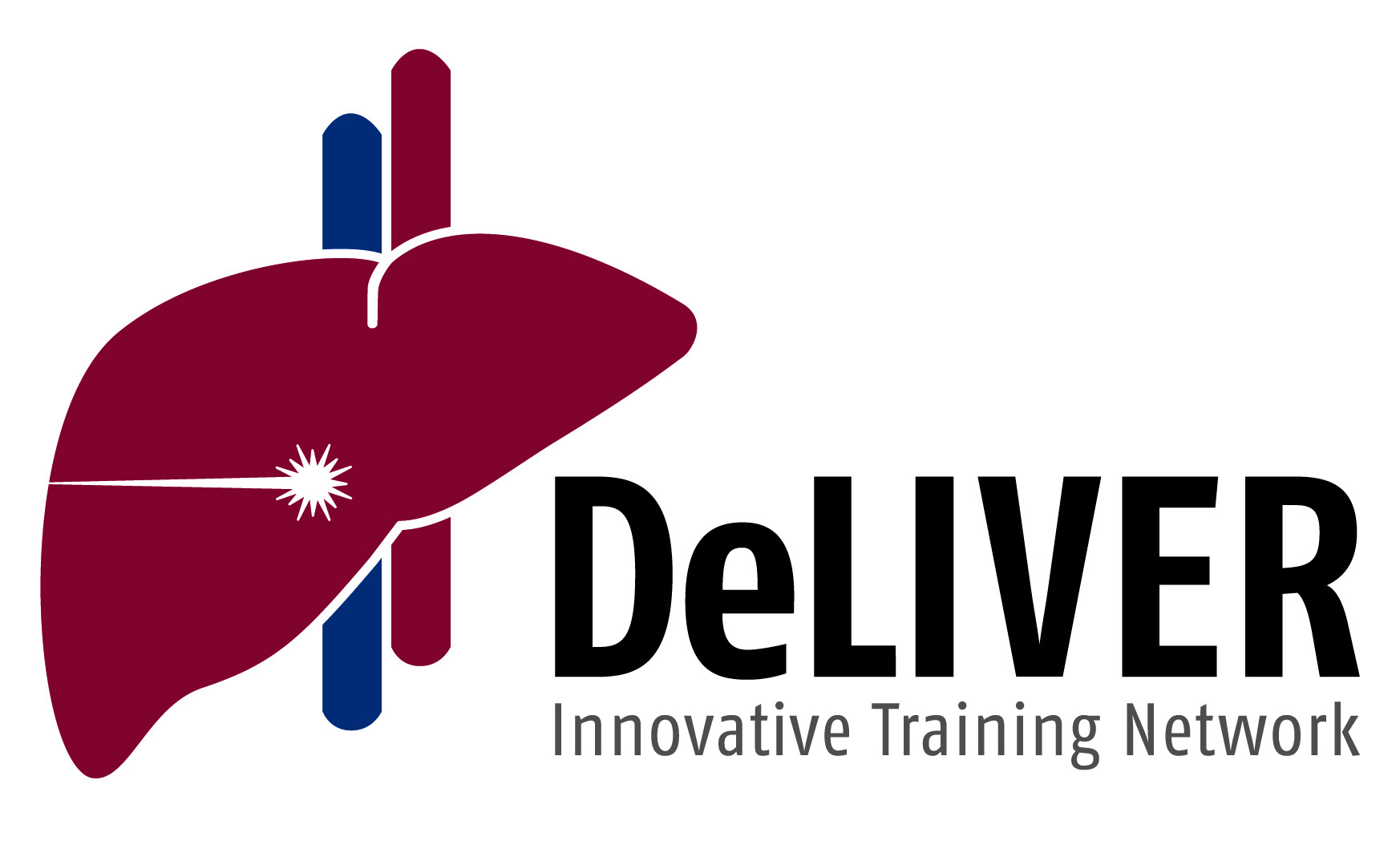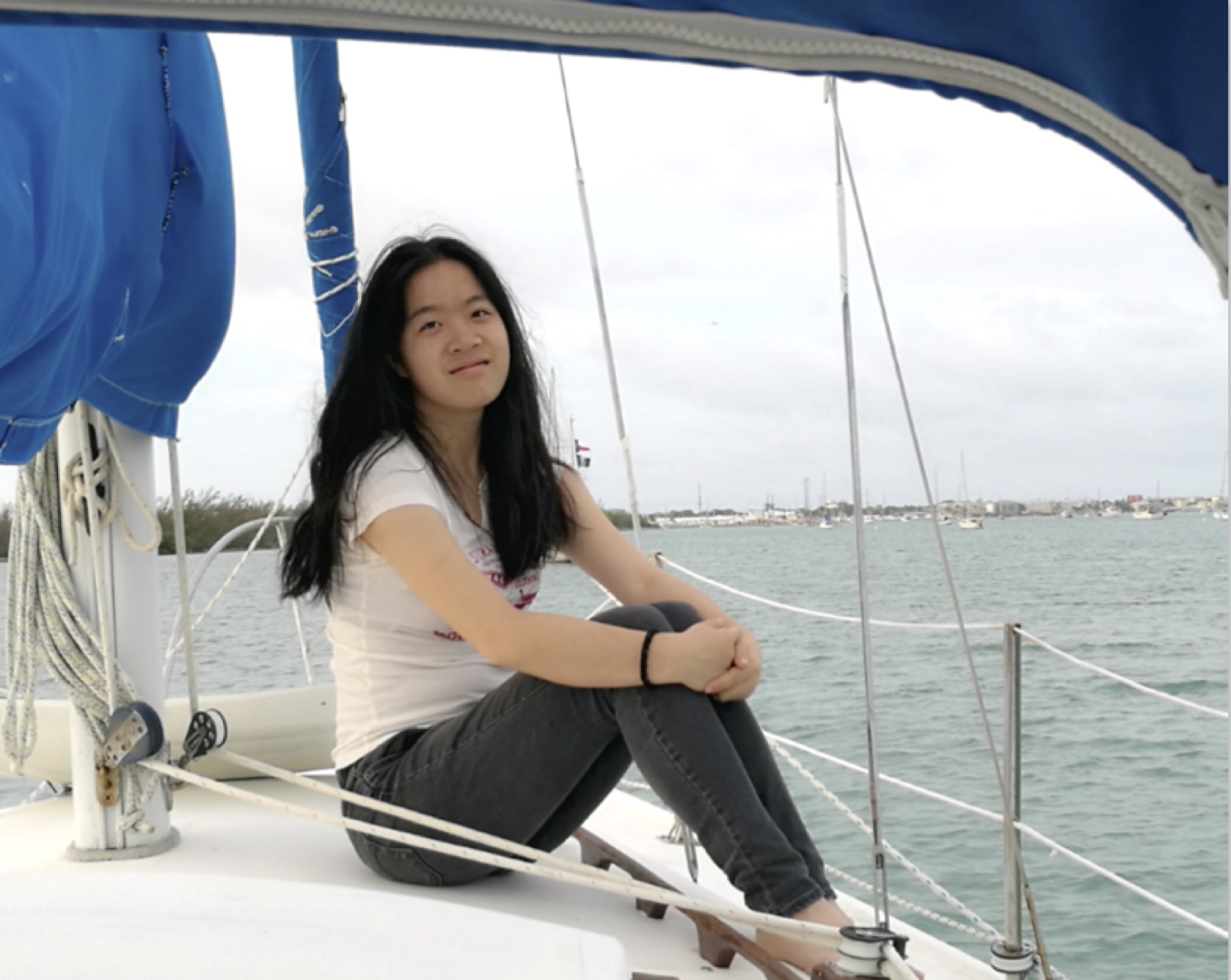|
Improving the optical resolution along the vertical direction for high speed 3D imaging of tissues |
|
Project 11 - Cihang (Sherry) Kong University of Bielefeld |
|
Objectives: (1) adaptation of high-speed GPU control and reconstruction routines for use with deep-tissue imaging by multi-focal SR-SIM (2) Extension of high-speed SR-SIM to 50 nm spatial resolution by non-linear structured illumination (laterally) and combination with fluctuation analysis (axially) (3) multi-color imaging of liver sinusoids in fixed rodent tissue by 2-photon fluorescence excitation based multifocal SIM (4) High-speed multifocal SR-SIM imaging of perfused liver slices |
|
Expected Results: (1) Imaging of LSEC dynamics in vitro (100 nm res., speed 60 reconstructed frames/s) (2) high resolution and high speed imaging of LSEC dynamics by nonlinear SIM (50 nm, 150 raw data fps) (3) Super-resolution imaging assay for small molecules, i.e. ethanol, paracetamol; nanoparticles; in perfused tissue established, initial screening |
|
Project Lead: Early Stage Researcher:
|
Cihang Kong was born in China in 1993. After finishing her high school education in 2011, she moved to Hong Kong SAR. Cihang has joined the DeLIVER-ITN project since December 2018. Currently she works in Bielefeld University under the supervision of Prof. Thomas Huser. Cihang got her bachelor’s degree in medical engineering from the University of Hong Kong in 2015. There she got trained in the microfluidics lab for her bachelor’s thesis ‘mimicking glaucoma on a microfluidic chip‘. After that, she began to pursue her PhD research in the department of electrical and electronic engineering. Her PhD thesis is about constructing ultrafast fiber laser sources for nonlinear optical microscopy. Cihang’s research aim in the DeLIVER-ITN project is to improve the optical resolution along the vertical direction for high speed 3D imaging of tissues. The first part is to construct a multi-focal SR-SIM platform which has 50-nm resolution in all directions. The second part is to adapt two-photon excitation for the multi-focal SIM system, which enables the deep SIM imaging of tissues such as perfused liver slices. |
P


